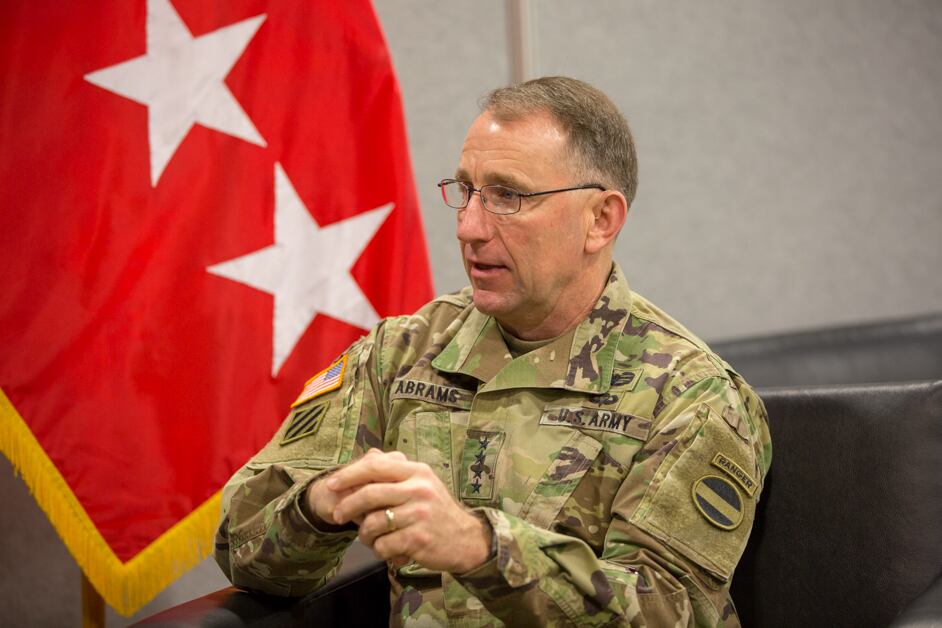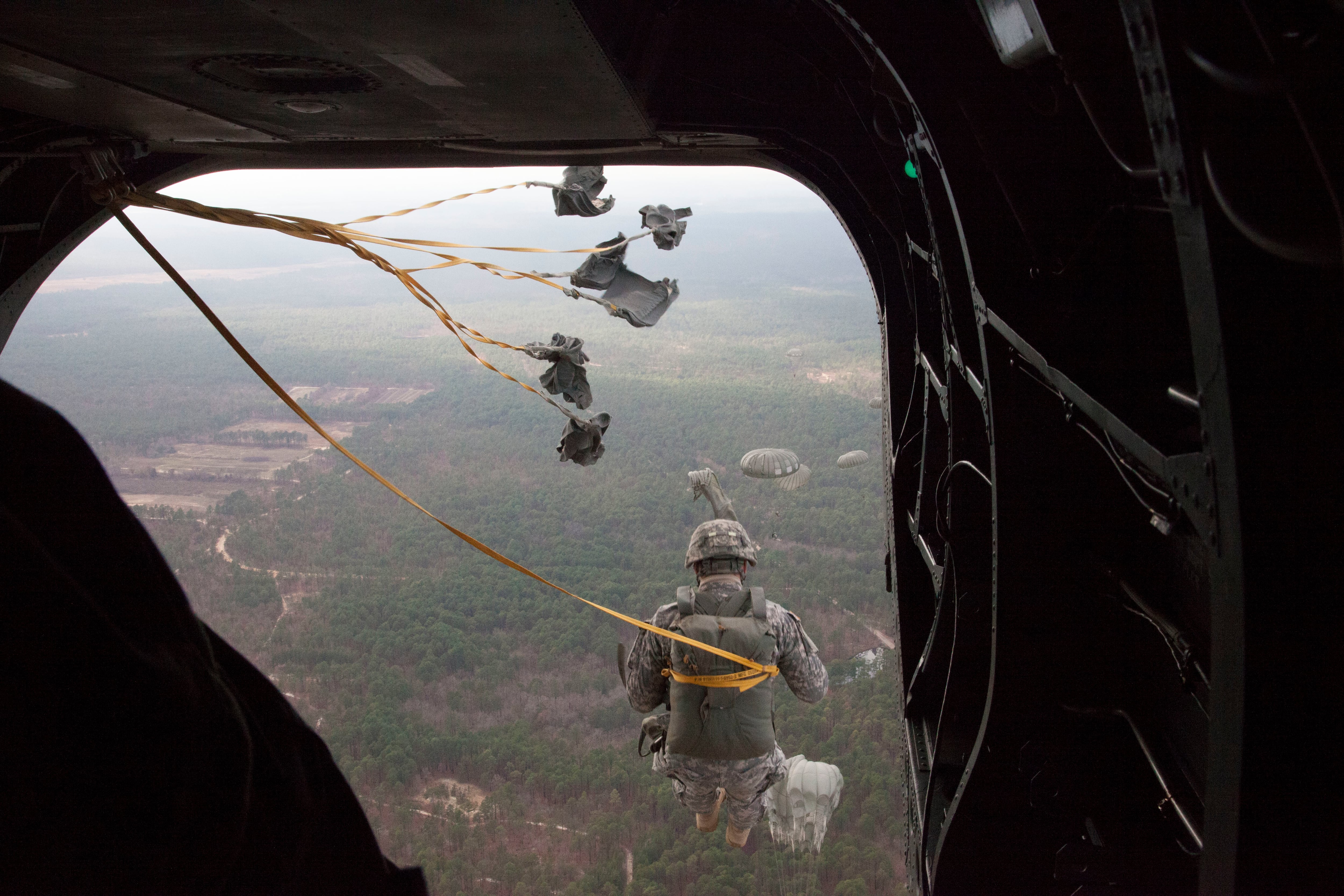HUNTSVILLE, Ala. — The U.S. Army is standing up a pilot task force to try out multidomain battle concepts next year, according to the Army secretary and the service’s Forces Command commander.
“A decade from now, the concept of multidomain battle must become a fully developed doctrine embedded at every echelon and propagated throughout all of our schools and professional development courses,” Army Secretary Mark Esper said during his first speech on the job, which laid out his vision for the Army in 2028, at the Association of the U.S. Army’s Global Force Symposium.
“And a decade from now, the lessons we learn from the multidomain task force that will be prototyped next year will help inform how we organize, train and employ many of our formations,” he said. “That’s why advancing our doctrine will be one of the major lines of effort we will push over the coming years.”
The Army has spent several years developing its multidomain battle concept to look beyond ground warfare as it prepares to fight on an increasingly complex and unpredictable battlefield across a variety of domains: air, land, sea and cyber.
Esper explained during a media roundtable following his speech that the task force will focus on the Asia-Pacific region due to its complex and demanding environment.
The task force will likely call Joint Base Lewis-McChord, Washington state, home.
Gen. Robert Abrams, the head of Forces Command, told Defense News in an interview at AUSA Global that Training and Doctrine Command had come up with emergent doctrine and and functional concepts in support of multidomain battle.

“We don’t have an organization right now today that is optimized for fighting across multiple domains,” he said. “So TRADOC did some terrific work and came up with an organizational design and initial operating concept of what should this headquarters look like, what should this task force look like, what are the key functions, what are the capabilities.
“I believe in the next year or so we will actually make an announcement that we will actually stand this thing up to do exactly what we say we are going to do,” which is to establish a dedicated force structure that will be a part of many exercises and experimentation efforts to assess how to fight across multidomains, and that becomes capable of cross-domain maneuver.“
The task force charged with experimentation for multidomain battle likely won’t reach the size of a brigade because the Army can’t afford to take that many troops out of rotation. Although the service continues to operate at extremely high tempos, it’s possible the task force could be roughly 300 to 500 people. “We could probably afford to do that,” Abrams said.
The commander added that because the task force will be so central to the Army’s doctrine and operating concept, the service can’t afford to set up the pilot “on the cheap.”
“We have to get it mostly right,” he said.
Abrams said he would fully expect the head of U.S. Army Pacific, Gen. Robert Brown, to integrate the unit into as many exercises as possible. “There is a huge appetite for this capability in the PACOM [area of operation,]” he said.
And instead of the unit just being a dedicated test unit like the one at the now soon-to-be-defunct Network Integration Evaluation, “I think what will happen is, as this thing evolves, it will become permanent,” Abrams said.
The NIE, up until last year, was run entirely by a dedicated brigade-sized test unit. But with the need to rotate an entire armored brigade combat team into Europe in addition to new operational demands worldwide, the Army decided to stop using a dedicated unit in favor of rotating in different units.
The goal, Abrams said, is for this task force to become a war-fighting formation, meaning the unit would be trained to a high-enough level to operationally deploy.
And if the pilot effort works well, Abrams said, the Army will turn its eye toward setting up similar units.
Abrams cautioned “there are a lot of gates we have to get through” to establish the task force. “Right now, it’s a really good idea on a chart; we’ve got to get these great young innovators, experts in their craft, we’ve got to put them in this formation and let this thing sort of develop from the ground up.”
The Army has good guidance from leadership, Abrams said, and has established some structure.
“We’ve got some great ideas, we’ve got some great PowerPoint charts with some concepts, and now we need to put it in the hands of a brigade commander and a bunch of other noncommissioned officers, captains and majors and say: ’Hey, let’s put this thing together and see what really works.’ ”
Jen Judson is an award-winning journalist covering land warfare for Defense News. She has also worked for Politico and Inside Defense. She holds a Master of Science degree in journalism from Boston University and a Bachelor of Arts degree from Kenyon College.





